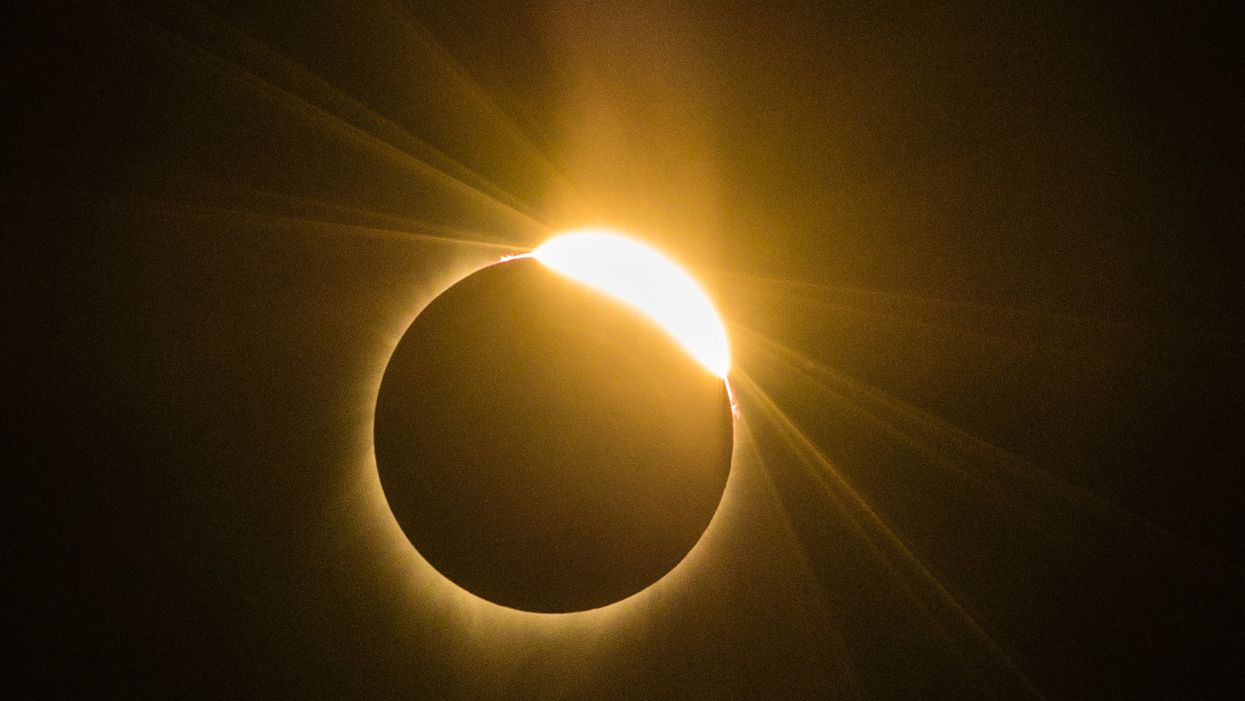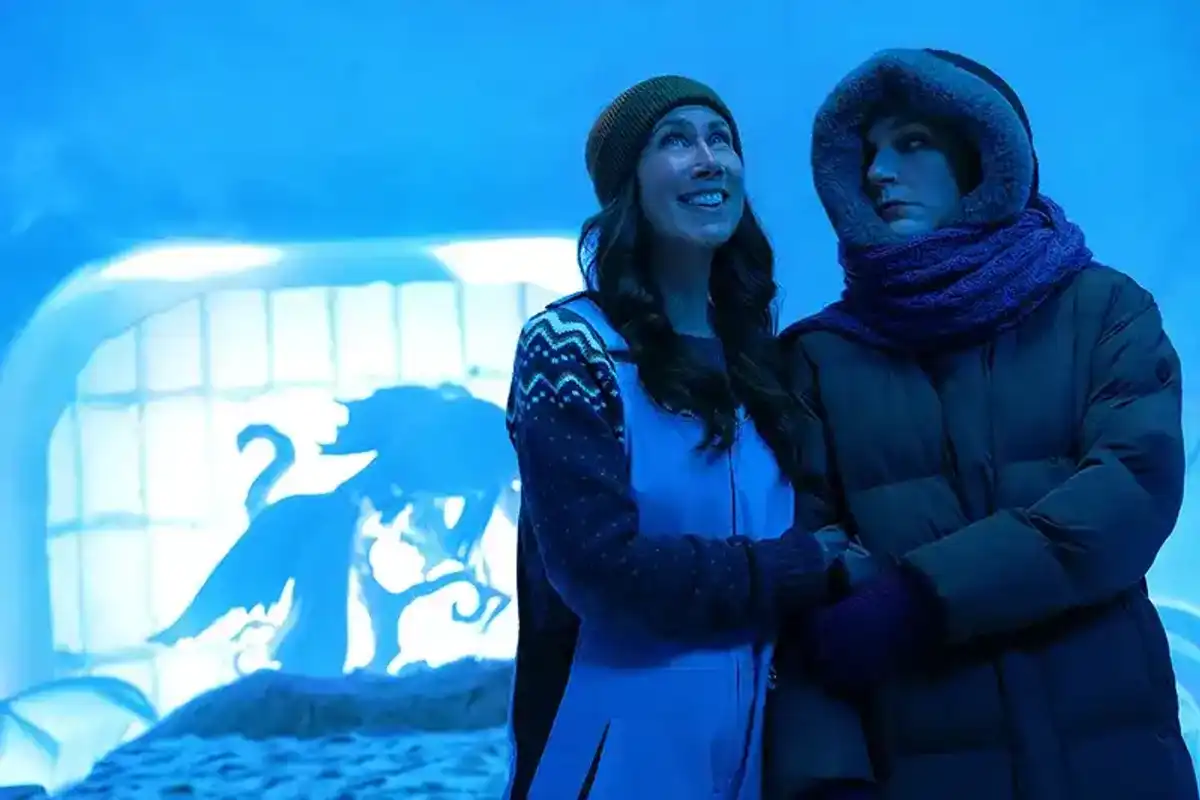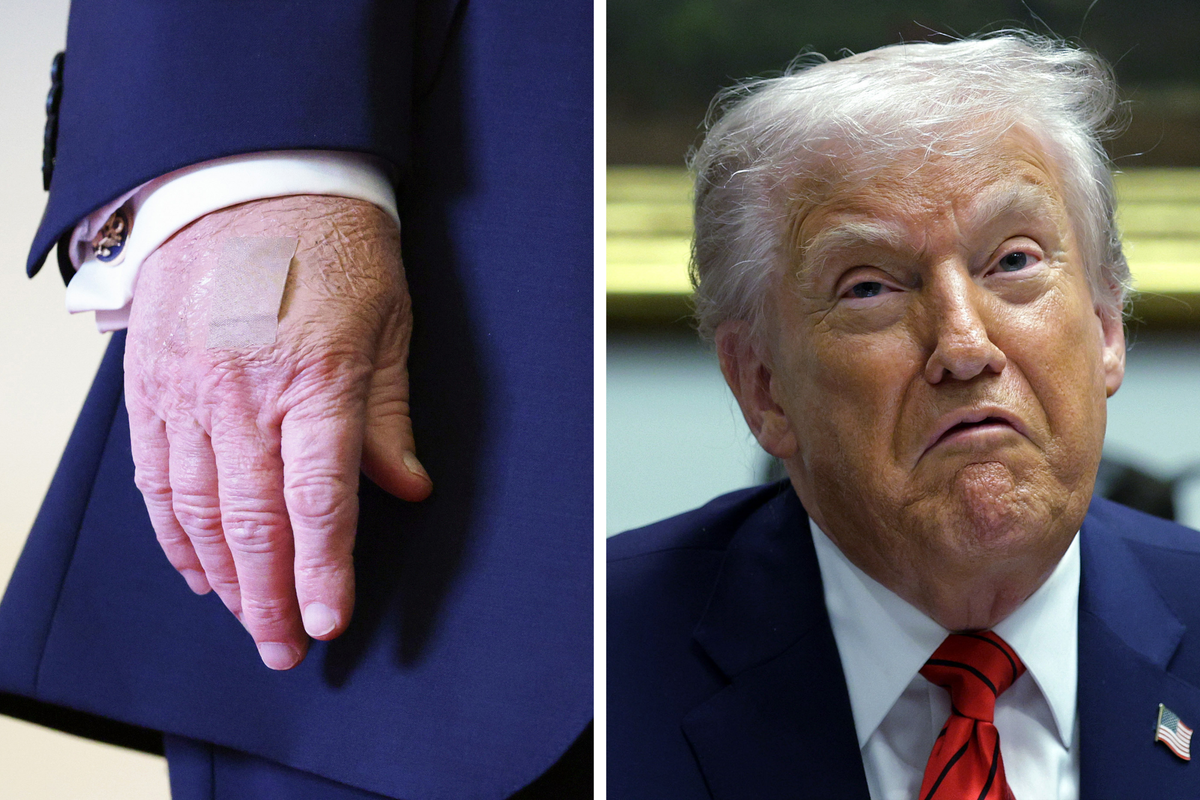News
Fatma Khaled
Jun 01, 2021

AFP via Getty Images
A rare “ring of fire” solar eclipse is set to cast a shadow over Canada on June 10, but people in the US and UK can only see a part of it.
Also known as an annular eclipse, it happens when the moon passes between the earth and the sun and all three hit the right alignment, creating an edge of the light.
NASA said that this phenomenon can only happen when the moon is in its first lunar phase and further away from the earth in its elliptical orbit.
From any one point along this annular solar eclipse path, the middle or annular or 'ring of fire' stage of the eclipse lasts for a maximum of three minutes and 51 seconds, according to EarthSky.
People in Canada, Greenland, and Russia will be able to see the eclipse - provided there are clear skies.
But people in the UK can still watch a partial solar eclipse in which the moon covers 32% of the sun.
UK-based skywatchers will see the eclipse in form of a bite that the moon will take from the sun, starting at 10:10 BST.
People in London and the south of England will only see 20% of the moon covering the sun, while Scotland will see 32%.
Those in the US can see a partially eclipsed sun at sunrise at 6:53am ET by looking to the east, according to CBS News.
The moon will cover around 80% of the left side of the sun during sunrise at 5:42am in the Washington, D.C. area.
In New York and New Jersey, the partial eclipse will appear in the shape of “red devil horns” which is also called the crescent sun, according to the Daily Mail.
Astronomers said that the sunrise eclipse can be seen up the Atlantic coast. People in New York, Philadelphia, and Boston will see 70% of the partial eclipse during sunrise.
From South Carolina and moving north, people could see the partial eclipse during sunrise where the moon will appear to be taking a bite from the sun.
Watchers waiting to see the celestial event next week are advised to wear solar eclipse glasses or avoid looking directly at it, and instead watch its shadow on the ground.
In case you miss the celestial phenomenon next week, you can still watch a livestream of the event.
A total solar eclipse is expected to happen on December 4, according to CBS News.
The upcoming partial eclipse will happen on March 2025 when the moon will cover 60% of the sun and it can be seen in the UK.
The UK will also be able to see the partial eclipses happening in August 2026 when the moon covers 90% of the sun, but it will be unable to see the entirety covered until July 2093.
Top 100
The Conversation (0)













